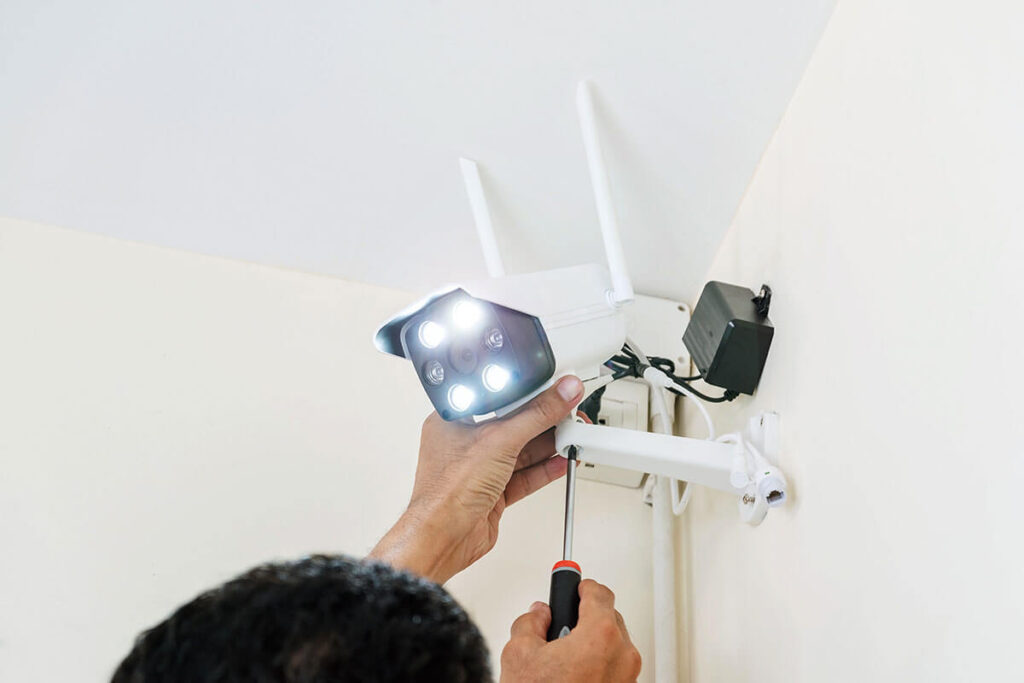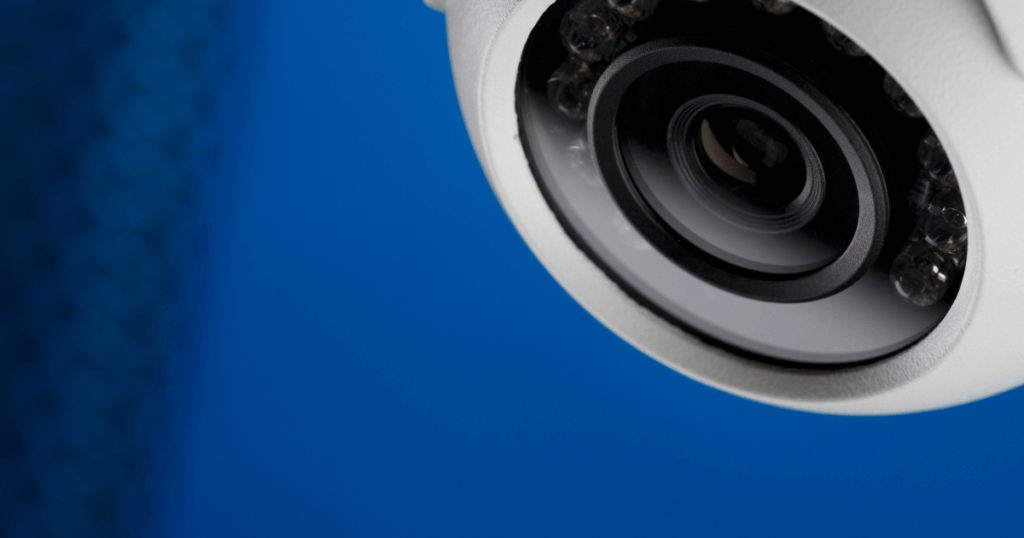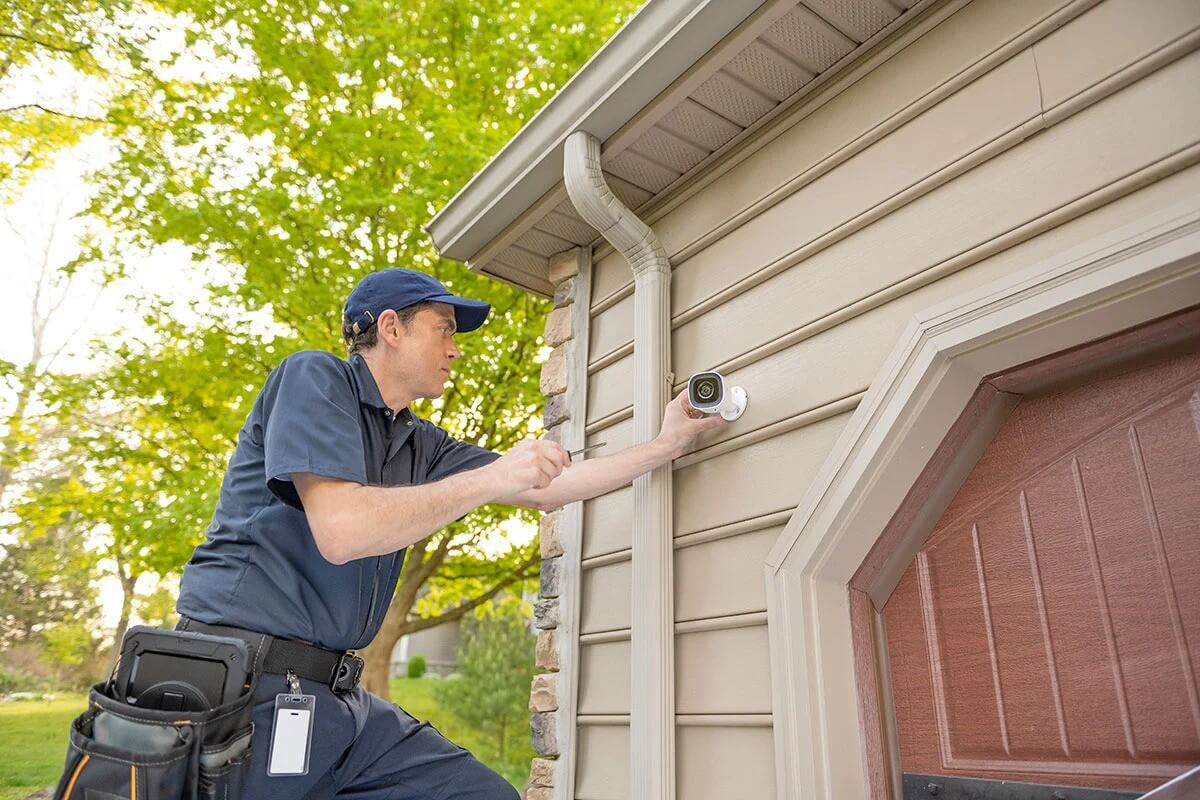In an age where security concerns are paramount, the demand for effective surveillance solutions has surged. Wireless CCTV camera systems have emerged as a popular choice for both residential and commercial properties, offering a blend of flexibility and enhanced security. This article delves into the benefits, features, and considerations of wireless CCTV systems, providing a comprehensive overview for those considering this technology.
Understanding Wireless CCTV Technology
The wireless CCTV camera systems operate without the need for extensive cabling, relying instead on Wi-Fi or other wireless technologies to transmit video footage. This innovation not only simplifies installation but also allows for greater flexibility in camera placement. Users can easily reposition cameras as needed, making it a versatile option for dynamic environments.
How Wireless CCTV Works
The core of a wireless CCTV system consists of cameras equipped with built-in transmitters that send video data to a receiver, typically connected to a digital video recorder (DVR) or a cloud-based storage solution. This transmission can occur over various frequencies, often using secure protocols to ensure that the footage remains private and protected from unauthorised access.
Many modern systems also feature advanced technologies such as motion detection, night vision, and two-way audio, enhancing their functionality. These features allow users to monitor their premises in real-time and respond to incidents as they occur, providing an additional layer of security. Furthermore, some systems are now integrated with smart home technology, enabling users to access their CCTV feeds through mobile applications, which can be particularly useful for those who travel frequently or wish to keep an eye on their property while away.

Advantages of Wireless CCTV Systems
The advantages of wireless CCTV systems are manifold, making them an attractive option for many users. Firstly, the ease of installation is a significant benefit. Without the need for extensive wiring, these systems can be set up quickly, often in just a few hours. This is particularly advantageous for those who may not have the technical expertise to install traditional wired systems.
Moreover, wireless systems offer unparalleled flexibility. Users can easily relocate cameras to adapt to changing security needs or to cover new areas of interest. This adaptability is particularly beneficial for businesses that may undergo frequent changes in layout or for residential users who wish to enhance security in specific areas of their home. Additionally, the portability of wireless CCTV systems means they can be taken along when moving premises, ensuring that users do not have to invest in a completely new system each time they relocate. This not only saves money but also time, as the cameras can be quickly reinstalled in a new environment without the hassle of rewiring.
Key Features to Consider
When selecting a wireless CCTV camera system, several key features should be taken into account to ensure it meets specific security needs. Understanding these features can help users make informed decisions and select a system that provides the best value for their investment.
Video Quality
Video quality is paramount in any surveillance system. Most wireless CCTV cameras offer resolutions ranging from standard definition (SD) to high definition (HD) and even ultra-high definition (UHD). Higher resolution cameras provide clearer images, which can be crucial for identifying faces or license plates in security footage.
Additionally, features such as wide dynamic range (WDR) can enhance image quality in challenging lighting conditions, ensuring that footage remains clear even in bright sunlight or low light situations. Investing in high-quality cameras can significantly improve the effectiveness of a surveillance system.
Storage Options
Storage is another critical consideration. Wireless CCTV systems typically offer two main storage options: local storage through a DVR or Network Video Recorder (NVR) and cloud storage. Local storage allows users to keep footage on-site, which can be beneficial for quick access and control. However, cloud storage offers the advantage of remote access and the ability to retrieve footage even if the physical device is damaged or stolen.
Users should evaluate their storage needs based on the number of cameras, the desired retention period for footage, and the available budget. Some systems also allow for expandable storage options, enabling users to add more capacity as needed.
Integration with Smart Home Systems
As smart home technology continues to evolve, the ability to integrate wireless CCTV systems with other smart devices has become increasingly desirable. Many modern systems can be connected to smart home hubs, allowing users to control their cameras alongside other devices such as smart locks, lights, and alarms.
This integration not only enhances convenience but also allows for more comprehensive security solutions. For example, users can set their cameras to activate when a smart doorbell detects motion or receive alerts on their smartphones when unusual activity is detected in their home.

Installation and Maintenance
While wireless CCTV systems are generally easier to install than their wired counterparts, proper installation is still crucial to ensure optimal performance. Users should consider factors such as camera placement, Wi-Fi signal strength, and potential obstructions that could interfere with the camera’s line of sight.
Professional vs. DIY Installation
For those who are not confident in their technical abilities, hiring a professional installer may be the best option. Professionals can assess the property, recommend optimal camera placements, and ensure that the system is set up correctly. This can save time and reduce the risk of installation errors that could compromise the system’s effectiveness.
Conversely, tech-savvy individuals may opt for a DIY installation. Many wireless CCTV systems are designed with user-friendly interfaces and clear instructions, making it feasible for those with basic technical knowledge to set up the system themselves. However, it is essential to follow the manufacturer’s guidelines closely to avoid any potential issues.
Regular Maintenance and Updates
Maintaining a wireless CCTV system is vital for ensuring its longevity and effectiveness. Regular checks should be conducted to ensure that cameras are functioning correctly, lenses are clean, and firmware is up to date. Manufacturers often release updates that can enhance performance and security, so staying informed about these updates is crucial.
Additionally, users should periodically review their footage storage to ensure that they are not exceeding capacity and that important footage is backed up as needed. This proactive approach can prevent potential data loss and ensure that the system remains reliable over time.
Cost Considerations
The cost of wireless CCTV camera systems can vary widely based on several factors, including the number of cameras, the quality of the equipment, and the features included. Understanding these costs can help users budget effectively and select a system that meets their needs without breaking the bank.

Initial Investment
The initial investment for a wireless CCTV system typically includes the cost of the cameras, any necessary recording equipment, and installation fees if applicable. Users should consider the long-term value of the system, as investing in higher-quality cameras may result in better performance and durability over time.
Moreover, users should also factor in any additional costs, such as subscription fees for cloud storage or advanced features. Some systems may offer basic functionality for free but charge for premium features, so it is essential to read the fine print before making a purchase.
Long-Term Savings
While the upfront cost of a wireless CCTV system may seem significant, it is important to consider the long-term savings associated with enhanced security. A well-implemented surveillance system can deter criminal activity, potentially reducing the risk of theft or property damage. This can lead to lower insurance premiums and fewer costly incidents over time.
Furthermore, many wireless systems offer energy-efficient options that can help reduce ongoing operational costs. Users should evaluate these factors when considering the overall financial impact of their investment in security technology.
Conclusion
Wireless CCTV camera systems represent a significant advancement in security technology, offering flexibility, ease of installation, and a host of features that enhance safety for both homes and businesses. By understanding the key aspects of these systems, including their functionality, installation, and cost considerations, users can make informed decisions that best suit their security needs.
As security concerns continue to evolve, investing in a reliable wireless CCTV system can provide peace of mind and a proactive approach to safeguarding property. With the right system in place, users can enjoy the benefits of modern technology while ensuring their premises remain secure.
Related: Affordable Home Security Solutions That Don’t Compromise Quality

